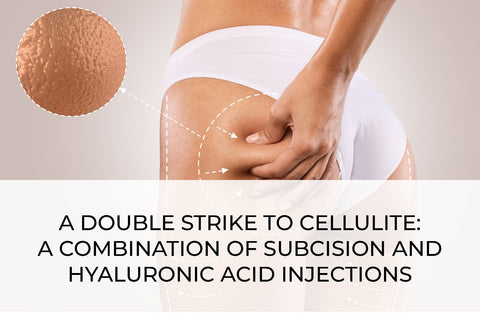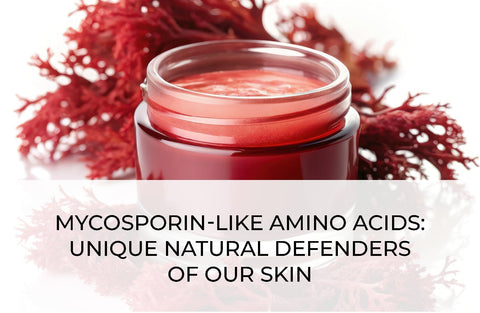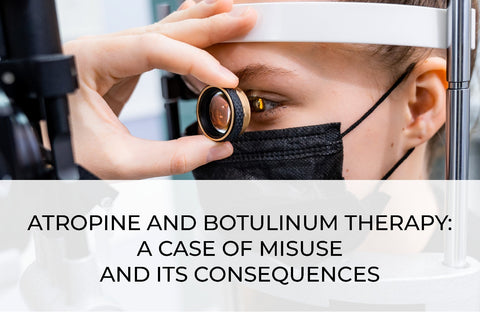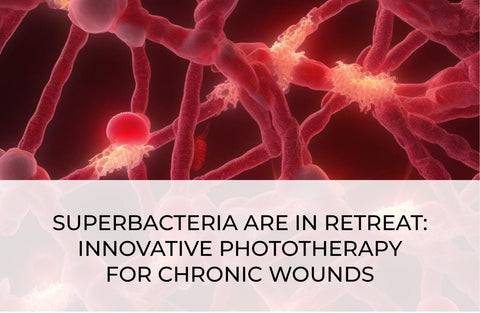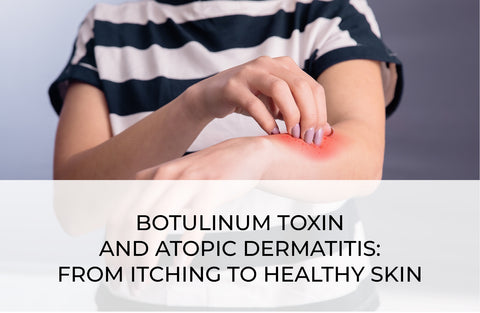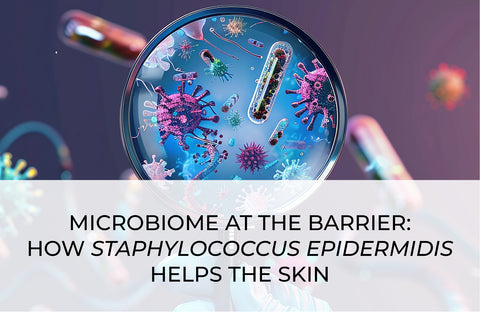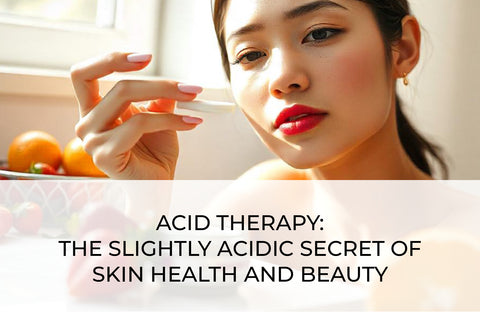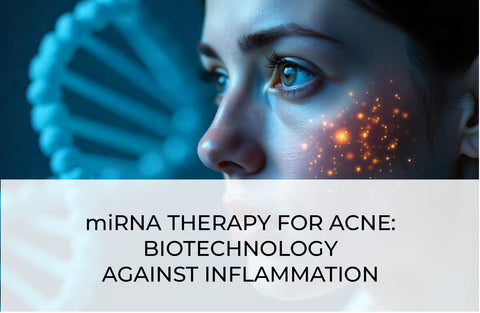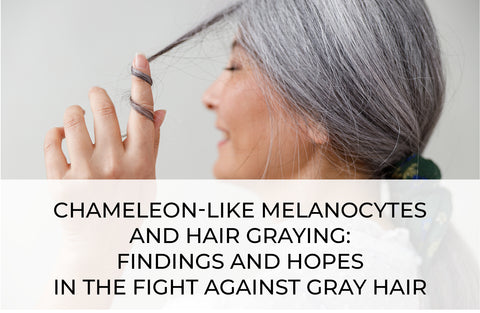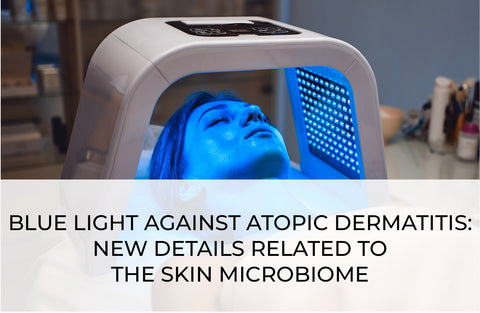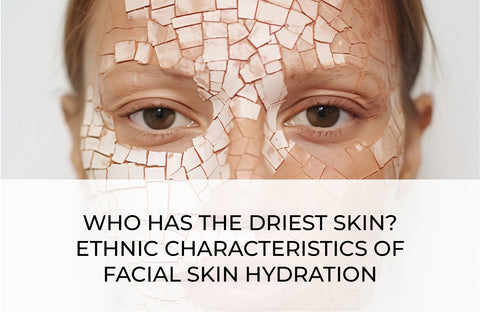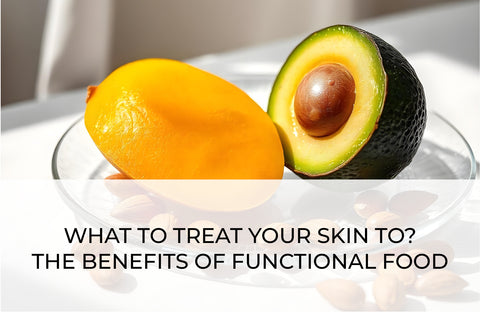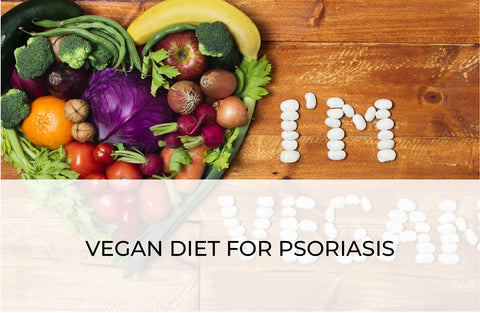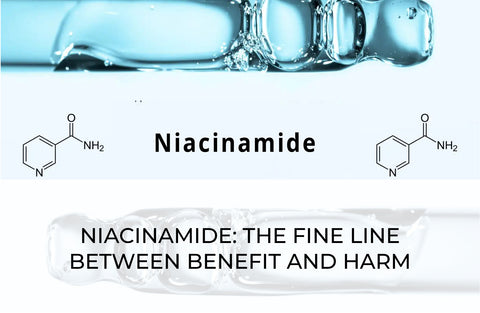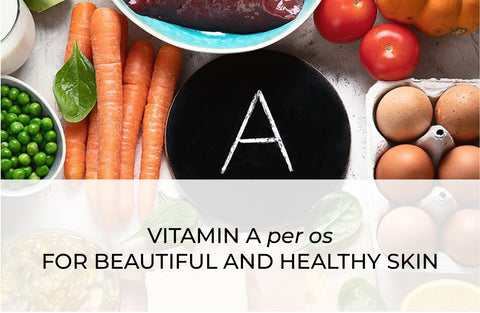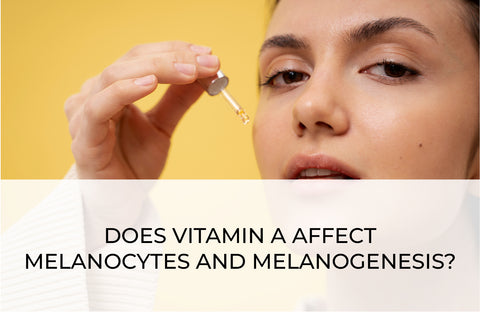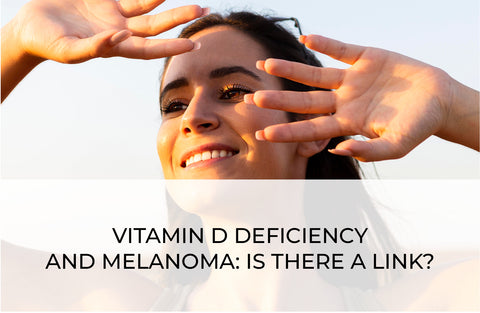MICROBIOME AT THE BARRIER: HOW STAPHYLOCOCCUS EPIDERMIDIS HELPS THE SKIN

A unique symbiotic mechanism between microbiome and skin was demonstrated in the work of Zheng Y. et al. [1]. For the first time, it was shown that one of the most common skin commensals — Staphylococcus epidermidis — maintains the lipid barrier of the stratum corneum, taking a direct part in the metabolism of ceramides in the skin
As it turns out, S. epidermidis secretes the enzyme sphingomyelinase, which breaks down sphingomyelin to phosphatidylcholine and ceramides. Phosphatidylcholine serves as a nutrient substrate for bacteria, and the skin uses ceramides to build a lipid barrier. This occurs in the lower layers of the stratum corneum — where the lipid barrier is assembled. Such a mechanism illustrates the versatile and symbiotic alliance between the skin microbiome and its host [2, 3].
How the study was conducted
The authors used an integrative approach that included experiments on cell cultures, laboratory animals, and analysis of human skin samples. A key tool of the study was a genetically modified mouse line lacking specific skin microbiome components and S. epidermidis strains with impaired ability to produce sphingomyelinase.
- Sphingomyelinase secretion and ceramide formation. epidermidis secretes sphingomyelinase into the external environment, and it catalyzes the cleavage of sphingomyelin to phosphatidylcholine and ceramides. This process has been confirmed in cell cultures and human skin models.
- Impact on ceramide levels. In experiments on mice, the presence of epidermidis significantly increased the level of ceramides in the skin, especially when it is damaged.
- Skin barrier protection. In mouse models with damaged skin, epidermidis reduced transepidermal water loss (TEWL), an index associated with skin barrier function. This effect was entirely dependent on sphingomyelinase activity.
Practical value
The findings suggest that S. epidermidis contributes to maintaining the skin barrier by producing ceramides. This discovery emphasizes the critical role of the microbiome in protecting the skin not only from pathogens but also from dehydration.
This study opens new horizons for the development of dermatological products that can use the resources of the microbiome to protect and repair the skin, including those with atopic dermatitis or psoriasis. In addition to using probiotics to restore the microbiome balance, it also presents the idea of using topical agents to activate ceramide production in S. epidermidis.
References
- Zheng Y., Hunt R.L., Villaruz A.E., et al. Commensal Staphylococcus epidermidis contributes to skin barrier homeostasis by generating protective ceramides. Cell Host Microbe. 2022; 30(3): 301–313.e9.
- Belkaid Y., Segre J.A. Dialogue between skin microbiota and immunity. Science 2014; 346(6212): 954–959.
- Sanford J.A., Gallo R.L. Functions of the skin microbiota in health and disease. Sem Immunol 2013; 25(5): 370–377.


